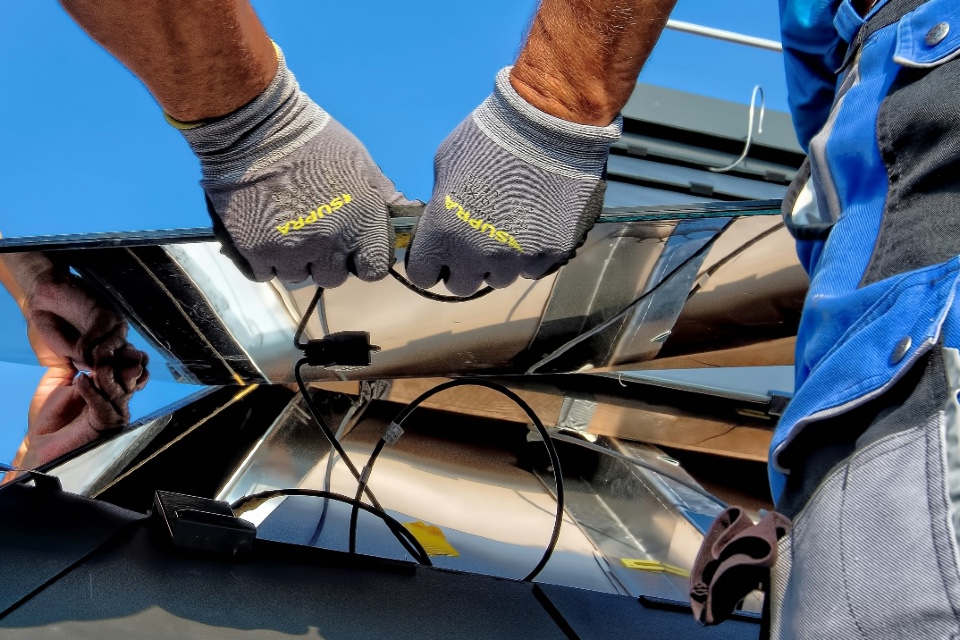End-to-end Energy Management Systems (EMS) are indispensable tools for organisations in the UK’s private and public sectors striving to meet energy efficiency, cost-saving, and sustainability goals. However, to fully realise the benefits of these advanced systems, energy management professionals must implement them strategically and align their use with organisational objectives. Here are some best practices for maximising ROI from EMS investments, based on input from delegates and suppliers at the Energy Management Summit…
1. Align EMS with Organisational Energy Goals
To achieve meaningful results, start by aligning the EMS with your organisation’s broader energy management and sustainability objectives. Whether the goal is reducing carbon emissions, cutting energy costs, or achieving compliance with regulations like the UK’s Net Zero Strategy, the system’s configuration should support these priorities.
Define clear metrics for success, such as energy consumption reduction percentages, carbon footprint targets, or cost savings. These KPIs will help you track the system’s performance and measure ROI effectively.
2. Invest in Staff Training and Engagement
The effectiveness of an EMS depends on how well it is utilised. Invest in comprehensive training programs to ensure that energy managers and facility teams understand the system’s features and capabilities. Training should cover real-time monitoring, data analysis, and troubleshooting to empower staff to make informed decisions.
Engage employees across departments by communicating the benefits of the EMS and how it contributes to organisational goals. A well-informed workforce is more likely to adopt energy-conscious behaviours, amplifying the system’s impact.
3. Leverage Data Analytics for Continuous Optimisation
Modern EMS solutions generate vast amounts of data, providing insights into energy consumption patterns, peak usage times, and inefficiencies. Use this data to identify trends, predict potential issues, and implement corrective actions proactively.
Many systems now incorporate AI and machine learning to automate optimisation, such as adjusting HVAC systems based on occupancy or identifying equipment requiring maintenance. Leveraging these features can significantly enhance energy efficiency and reduce operational costs.
4. Integrate with Existing Systems
Maximising ROI requires seamless integration of the EMS with other building management systems (BMS) and IoT devices. This allows for holistic energy management, enabling coordinated control of lighting, heating, cooling, and ventilation systems. Integration also streamlines data collection and analysis, providing a comprehensive view of energy performance.
5. Monitor and Adapt
Energy management is not a one-time effort. Regularly review the EMS’s performance against established KPIs and adapt strategies as needed. Partnering with a supplier that offers ongoing support, system updates, and advanced analytics ensures your EMS continues to deliver value over time.
Conclusion
By aligning EMS implementation with energy goals, investing in training, leveraging data analytics, and ensuring integration, UK organisations can maximise the ROI of their energy management systems. In a landscape where efficiency and sustainability are paramount, strategic use of EMS technology is key to achieving long-term energy and cost savings.
Are you searching for Energy Management Systems solutions for your organisation? The Energy Management Summit can help!
Photo by Anastasia Zhenina on Unsplash




